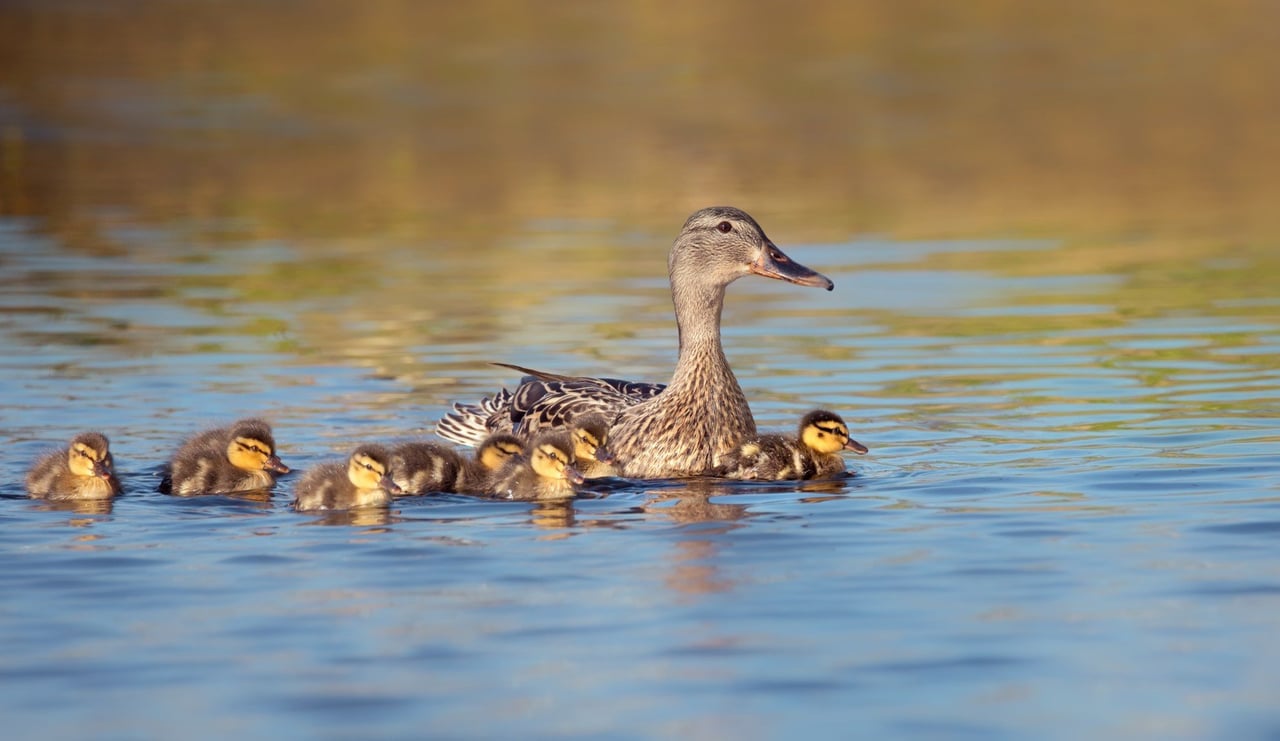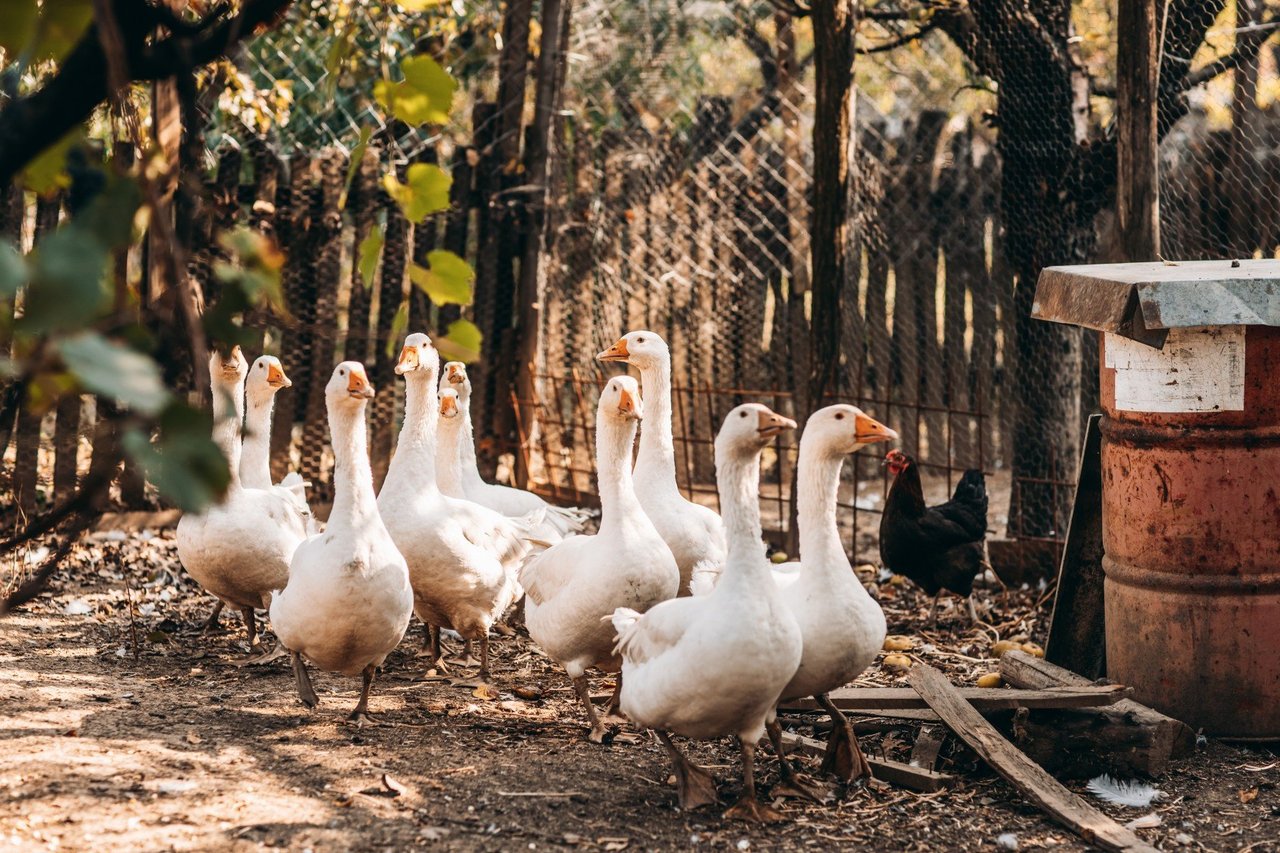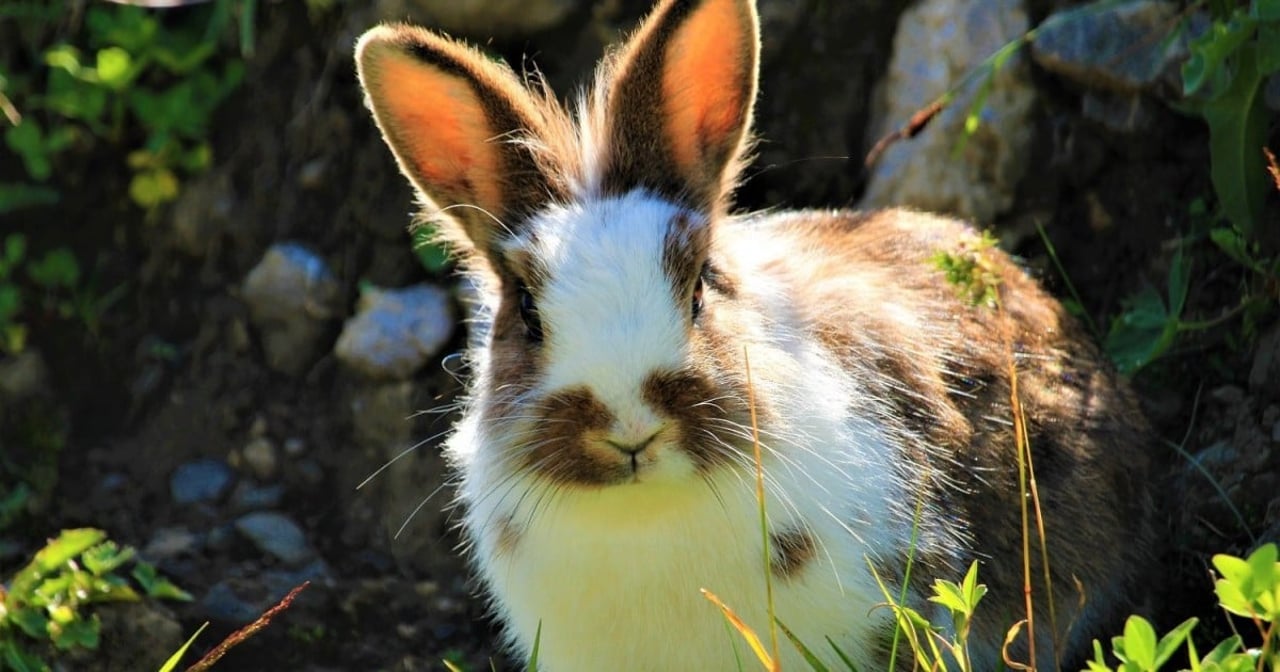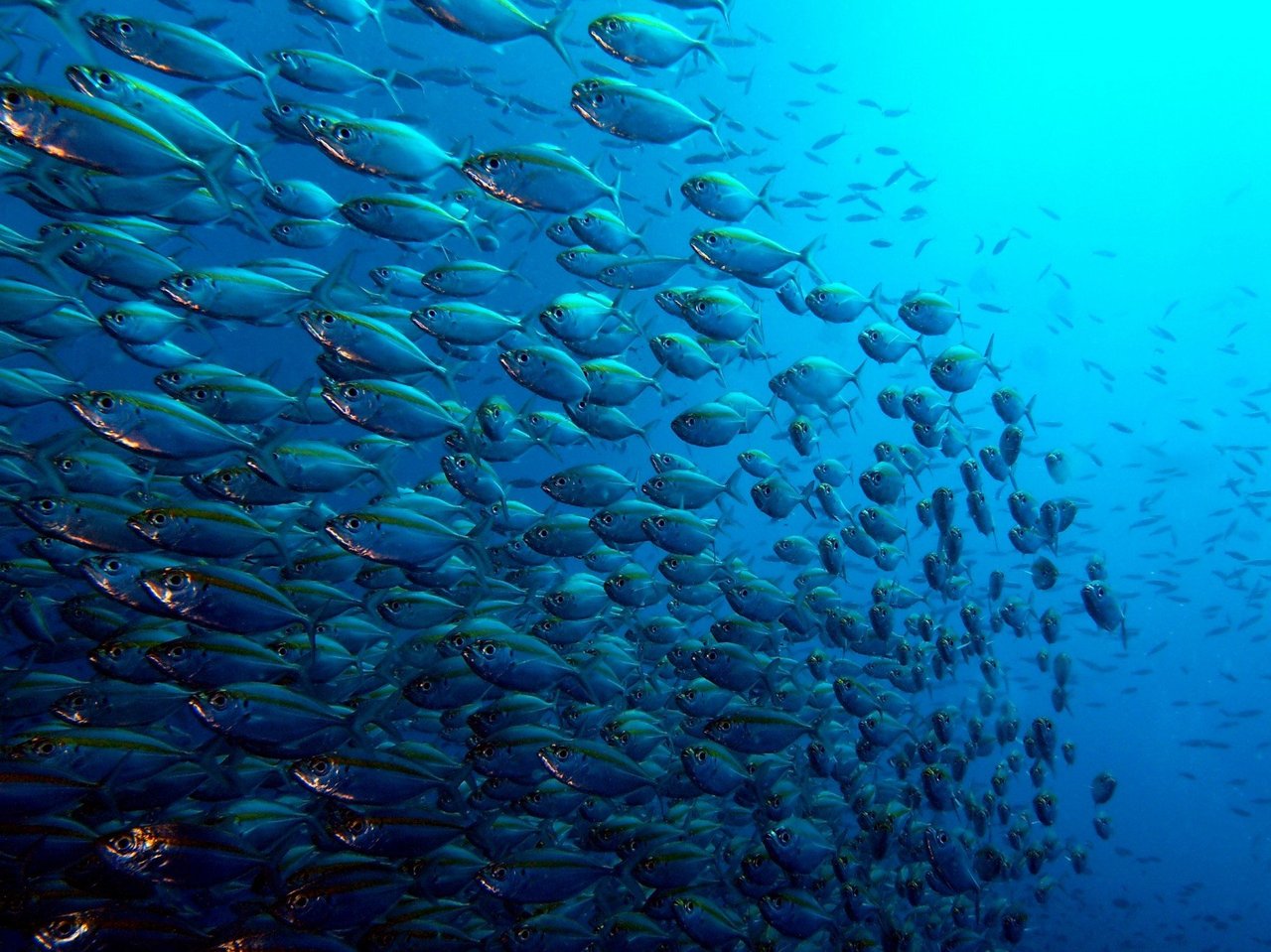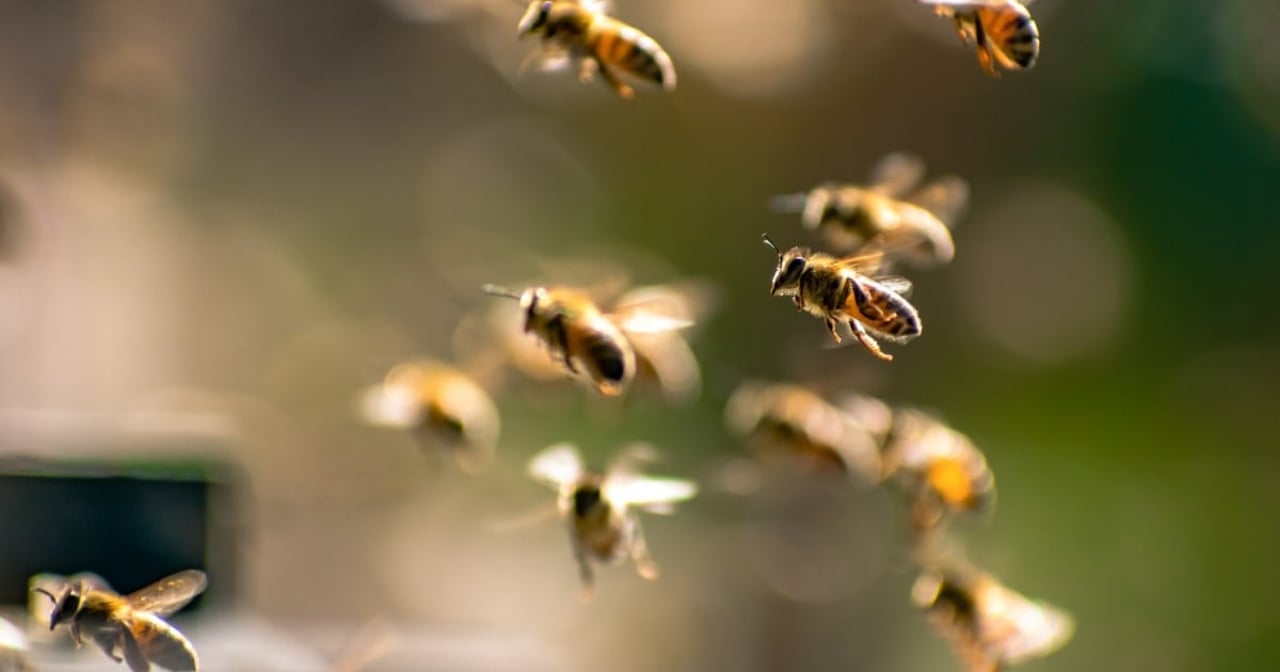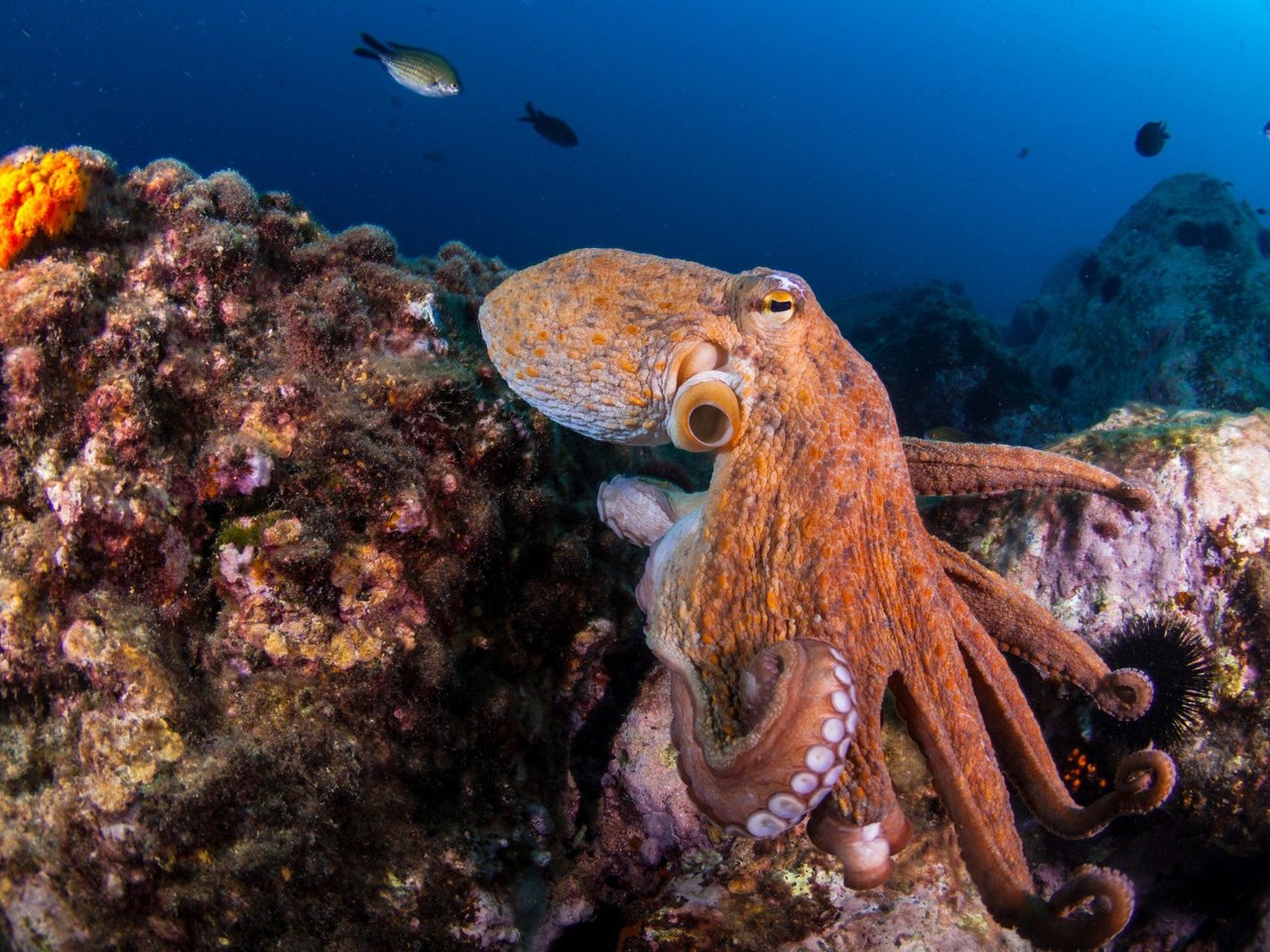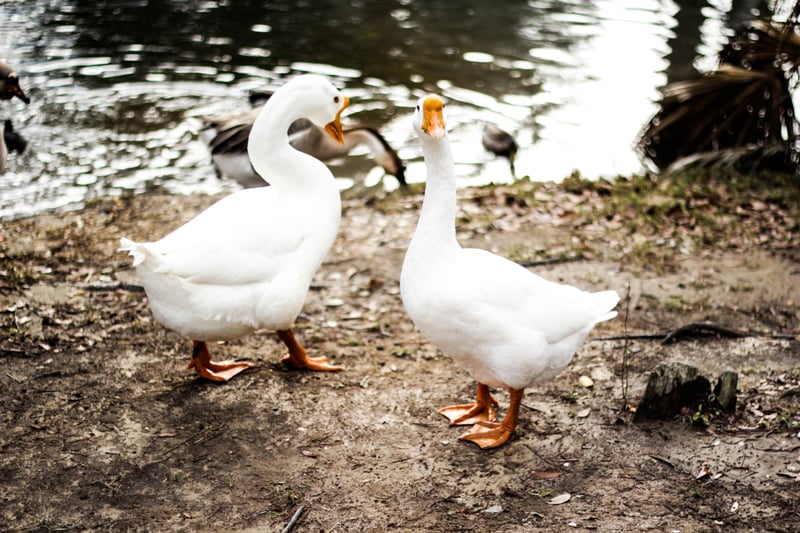
Millions of pigs, cows, and turkeys and billions of chickens suffer each year in factory farms, but you may not be aware of millions of other animals also enduring the cruelty of intensive farming.
1. Ducks
Millions of ducks are raised globally in factory farms for both meat and eggs each year, including more than 26 million ducks in the US alone, and they are the second most slaughtered animal in the world each year. The global market for duck meat is expected to grow in the next several years. In factory farms, ducks are deprived access to the water of their natural environments. Their bodies are not made for standing on hard surfaces for extended periods of time and their hollow bones put them at risk for breaks and fractures. Many ducks are raised specifically for foie gras also, force-fed via tubes so their livers expand to ten times the natural size.
2. Geese
Geese are farmed for their meat, feathers, and eggs. More than 600 million birds are raised in China alone, which supplies 80% of the world’s farmed goose products. Geese naturally breed only once per year when the change in season indicates that there will be abundant food and warm temperatures for goslings to survive and grow hardy enough for the next winter. Intensive systems use artificial light signals to trick birds’ brains into releasing the hormones that trigger this season physical change. You can read more on how animals’ brains are negatively affected by captivity here. In the wild, a goose can live more than 20 years, but geese raised for meat are usually killed between 10 and 24 weeks old. Similar to chickens and ducks, the stressful environment can lead the animals to peck at one another’s feathers, a problem the industry addresses by cutting off part of their beaks.
3. Rabbits
Rabbits are farmed for their fur and meat and seen as a lucrative industry due to their quick breeding rates. They are the fourth most farmed animal in the world, typically housed in groups of 8 or more in tiny wire cages. They cannot move comfortably or express natural behaviors such as digging or foraging, leading to weak bones and poor mental health from lack of exercise. China is currently the largest producer of rabbit meat, but production is increasing in other regions, including the EU, Venezuela, and Egypt, and expected to continue growing. High mortality among baby rabbits and high incidence of disease are common in intensive rabbit production, which can lead to overuse of antibiotics. Studies have shown that farmed rabbits harbor antibiotic-resistant bacteria at high rates.
4. Fish
Intensive fish farming—or aquaculture—emerged just a few decades ago but is one of the fastest growing food industries, globally. Today fish are farmed in greater numbers than any other animal, and roughly 550 different aquatic species are raised in captivity for food today. Intensive fish farming is known to cause nitrogen and phosphorus pollution, contamination from disinfectants, loss of natural habitat, and disease transmission to wild animals. Most farmed species, such as salmon and trout, are piscivorous—they eat other fish—meaning that the industry depends on large amounts of fish protein to feed the farmed animals, and about one-sixth of global wild fish catch is used as feed for farmed fish. The intensive farming of salmonid species and sea bass, especially, causes a range of welfare issues from extremely high stocking densities and high rates of disease.
5. Bees
Although you may think honey is the main purpose for intensive beekeeping, it’s actually to use them as pollinators in intensive food production. At any given time there are more than 1 trillion managed bees, globally, and the industry has grown significantly over the past twenty years. Over 3 million bee colonies—that’s colonies, not individual bees—are transported across the US each year, timed with when different crops come into bloom and need pollination. Often these are intensively farmed plant monocultures leaving the bees without the high-quality sources of food they would naturally forage and exposing them to harmful pesticides. The stress of cross-country transport makes colonies overall less healthy and more susceptible to fungal infections. In intensive colonies, the bees are fed refined sugar in place of the more valuable harvested honey and are inhibited from their natural swarming behavior, which improves genetic fitness and is an important part of self-healing for colonies. Intensive keepers also clip the queen bee’s wings to keep production high.
6. Octopuses
Increasing consumption of octopus worldwide is leading to a growing interest in farming these highly-intelligent, complex animals at massive scale, primarily in the Mediterranean, Asia, South America, and the US. Spain is leading the pack with various experimental farms trying to make octopus rearing viable. But many scientists have recently come forward decrying octopus farming as cruel and immoral as these animals require stimulating and dynamic environments for their health and wellbeing. Existing evidence suggests that intensive farming is likely to cause high mortality rates, increased aggression, parasitic infection, and digestive tract issues. At one of the most prominent octopus farms today, survival rate of the octopuses is only about 60%.
Across all species farmed for human consumption, providing for their natural behaviors, growth, and social needs is imperative to their health and welfare.
All animals, farmed or wild, deserve lives worth living. You can help put an end to factory farming.
